Contents
As a practicing professional photographer, I evaluate my gear from time to time and make necessary upgrades to improve the efficiency of my workflow. After my recent crashing experience with the DJI Mini 4 Pro, I have decided to take a step back again to reevaluate whether this ultra-light drone is truly suitable for professional use or if I should just take the opportunity to get another drone.
To me, the DJI Mini 4 Pro is that rare blend of ultra-portability with semi high-end functionality, packing a 1/1.3″ 48 MP camera, 4K120 video shooting, and 34 minutes of flight time into a sub-250 g form. Its small footprint means I can travel lighter, often carrying one less bag, which makes a huge difference on long days or during tight shoots when I am working solo. On paper, it’s a dream: light enough for stealthy flyovers and feature-rich enough for creative exploration. But like any gear that pushes boundaries, it always ends up forcing you to choose your compromises. Can its small size keep pace with professional demands? In this article, I will be exploring whether this tiny drone can truly hold its moniker in a professional photographer’s workflow—or if its compromises will start to outweigh its conveniences.
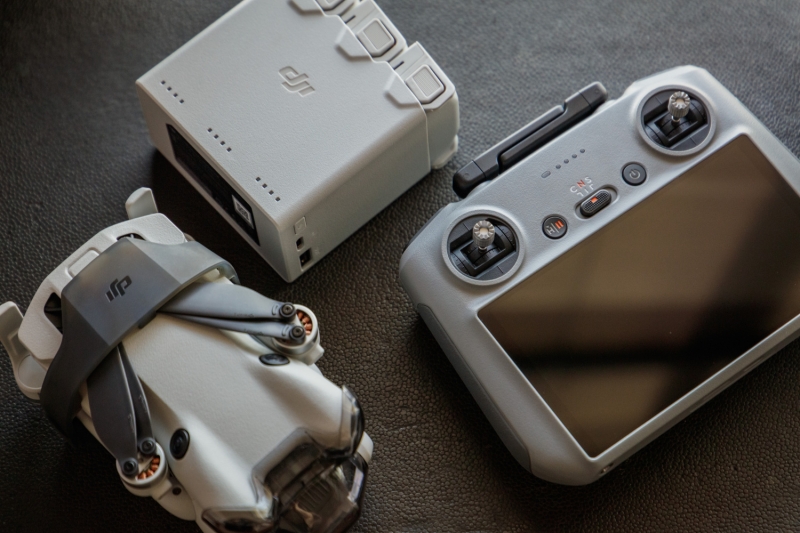
Notice the size of the drone that is even smaller than the RC2 controller.
Build Quality
The Mini 4 Pro feels incredibly lightweight in hand, to the point that it’s almost unbelievably toy-like—but that’s the whole point. Its sub-250 g build makes it ideal for flying under most legal thresholds without much red tape. That said, its biggest advantage—being a small-sized drone—is also its biggest weakness. When flying in a windy scenario, the footage stability noticeably takes a hit, especially with closer subjects in the frame. The sway is rather obvious when compared to flying a larger drone, as it simply doesn’t have the heft to hold its position that well. But I have to say its gimbal is doing an incredible job in countering the unwanted movement, as the physical drone looks much worse than the footage.

To further keep the weight of the drone low, DJI has decided to use very light plastic material to construct the drone, including its propellers, which do feel pretty fragile. And because the way the propellers are constructed is too thin and soft, it requires a propeller guard to hold them in position for safer transporting. It’s not the most intuitive when you need to take a quick flight, as you will be fumbling to unlatch it under pressure, and it can slow down the workflow significantly.

Despite all the drawbacks, there are clear benefits to having such a small form factor. Flying in difficult locations does become easier as you are more stealthy compared to working with larger drones that might end up drawing unwanted attention. In some tight professional jobs, getting the shot by hook or by crook is what matters, and the flexibility of flying the DJI Mini 4 Pro helps a lot.
Features and Real-World Usage Experience
Despite being such a small, petite size, the DJI Mini 4 Pro offers a surprisingly rich set of features, many of which were only available on higher-tier drones prior to this drone. But not all of them fully deliver in demanding conditions without compromises. For starters, the camera boasts the 1/1.3-inch CMOS sensor with 48 MP resolution found in the DJI Air 3. On paper, that sounds impressive for such a compact drone to have, and I can vouch that it can produce beautiful, detailed images under decent lighting conditions. I would even go as far as saying it’s a major step up from DJI’s first-generation foldable drone—DJI Mavic Pro. However, once the light level falls or when you start pixel peeping at 100% crop, the limitations of the small sensor become obvious. Noise creeps in easily, especially in the lower midtone and shadow areas. When compared to the DJI Air 2S’s 1-inch sensor, the image quality here is simply not on the same level. That said, for fast-paced or discreet shoots where flexibility trumps perfection, the Mini 4 Pro still holds its own unique advantage.
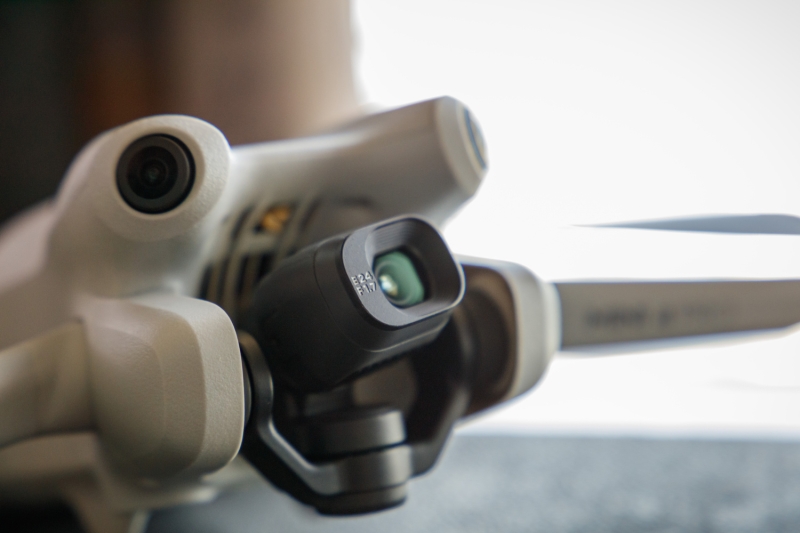
One feature I find particularly useful is the f/1.7 lens, which does a decent job in low-light conditions such as early morning or late evening shoots. On the other hand, because of this, the image sharpness does suffer a little, especially at the edges. The depth of field can also be inconsistent at times due to the shallower depth of field. The controllable range of the drone’s gimbal tilt axis—up to 60°—is genuinely fantastic for capturing shots with dynamic angles—think low drone position with its camera tilted upwards. I find this feature very useful, especially when filming a building’s exterior to give the footage a grandiose feel, especially when combined with the drone’s cine mode, which allows ultra-slow movement down to 1 m/s. The cine mode is also a thoughtful inclusion for cinematic shots, especially during reveals or close-subject tight tracking.
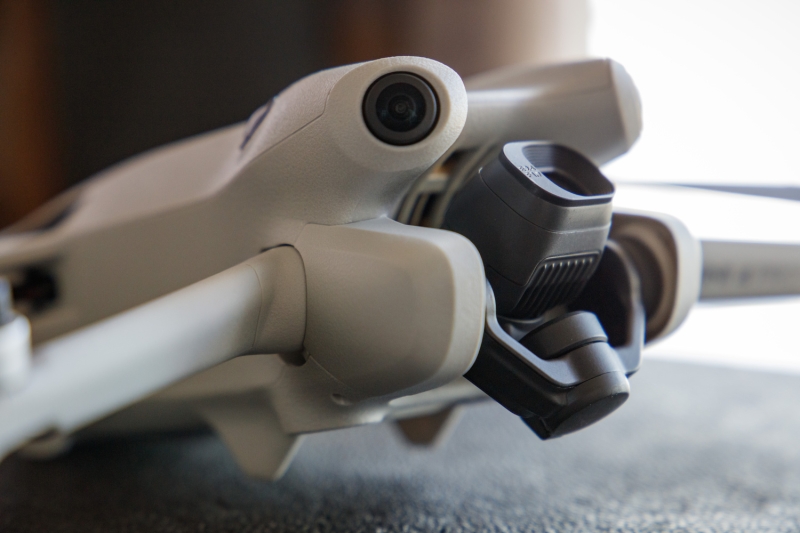
Drone body designed in a way to give enough clearance for a 60° gimbal tilt.
On the flip side, although it’s a very thoughtful gesture to include 2 GB internal storage, it is totally insufficient in the field for today’s high-resolution files. For example, a single 48 MP raw image from the Mini 4 Pro can easily approach 100 MB, so you will find yourself filling up that space with just a handful of shots unless you shoot in 12 MP mode or JPEG format. Therefore, a high-speed external microSD card is highly recommended. Despite its large file size, transferring files out of the drone is rather intuitive thanks to DJI’s inclusion of USB-C direct file transfer that works even without powering on the drone. This is a huge plus for professionals who need to offload the footage easily without a card reader.
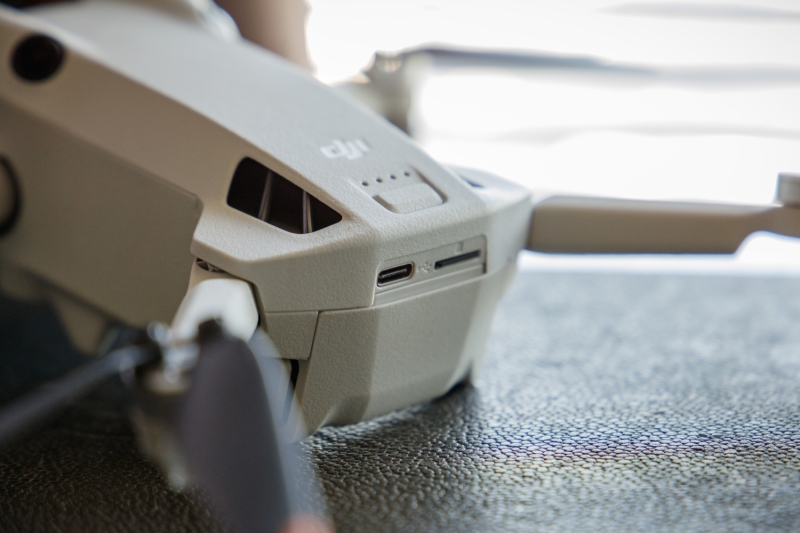
From my flying experience, the signal transmission is generally stable with the DJI RC2 controller, though I have experienced the occasional weak signal or dropout in complex environments where the line of sight is not clear. Compatibility with the Intelligent Flight Plus battery is another standout feature that I appreciate a lot when shooting in the field. Do note that the Intelligent Flight Battery Plus is not sold in Europe, as using it will increase the weight above 250 g, removing it from the class 0 drone category. I’ve comfortably flown from golden hour through blue hour on a single Flight Plus battery, which is a luxury when working under time pressure, as we no longer need to land for battery swaps. However, the charging is also slower than I would hope. It takes up to 78 minutes for each Plus battery to charge using the Two-Way Charging Hub with the 30 W USB-C Charger. In practical terms, this means that all three Plus batteries will add the charging time up to almost 4 hours, and yet we have not added in the charging time for the RC2 remote, which takes another 1.5 hours to charge. This is a full night of charging before you can be back in action once all the batteries are drained.
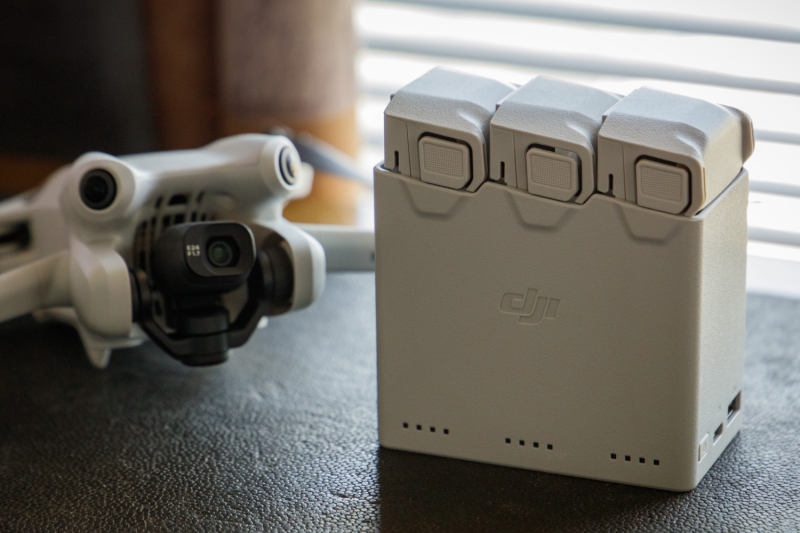
For video, the Mini 4 Pro can record up to 4K at 120 fps, which is excellent on paper. However, I find it less useful, as I usually fly my drone rather slowly, so the high frame rate isn’t something I rely on—but having the option is always appreciated. In addition to the 4K 120 fps, DJI has also included a D-Log M video profile in the DJI Mini 4 Pro. This format holds 10-bit color information and grades very well in post, giving flexibility for professional delivery formats. Still, I can’t help but wish DJI had managed to squeeze in a telephoto lens or bumped up the sensor size just a bit. Those two additions would elevate the Mini 4 Pro from a reliable tool to a near-perfect compact solution for professionals on the move.
I should also give enough credit to the DJI Mini 4 Pro’s omnidirectional obstacle avoidance system, which elevates the safety of flying, especially in tight or visually complex spaces. As someone who often flies close to structures or natural elements, having real-time black-and-white video feeds from the vision sensors displayed during flight is incredibly helpful. It gives a much clearer sense of spatial awareness beyond what the main camera or map can offer, making safer and more precise flights possible. This system isn’t just a consumer-friendly add-on—it’s something that professionals can rely on when the margin for error is slim.
Real-World Examples
On one of my most recent architecture photo and video shoots, I decided to put the Mini 4 Pro to the test, filming side by side with my Canon R5. And I have to say, despite the smaller sensor size, the footage from the Mini 4 Pro still looks pretty impressive under the right lighting conditions, with plenty of dynamic range recovery and color depth to edit from to match my Canon R5 footage. The quiet operation and compact form also allow me to navigate comfortably in residential areas without attracting too much attention from nearby residents to cause trouble. The image quality is also pretty usable, but do not expect it to match the mirrorless camera’s level of detail, as there will be noise coming from its sensor size limitation and also atmospheric dust.
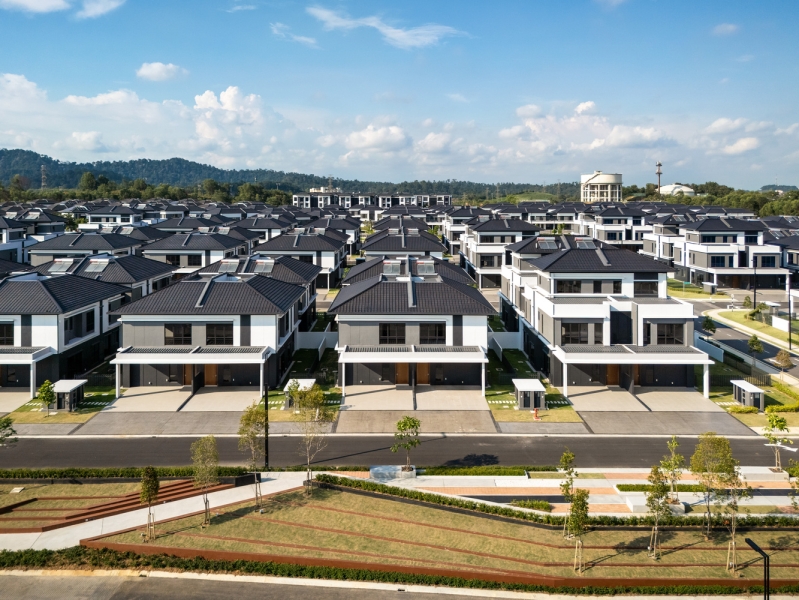
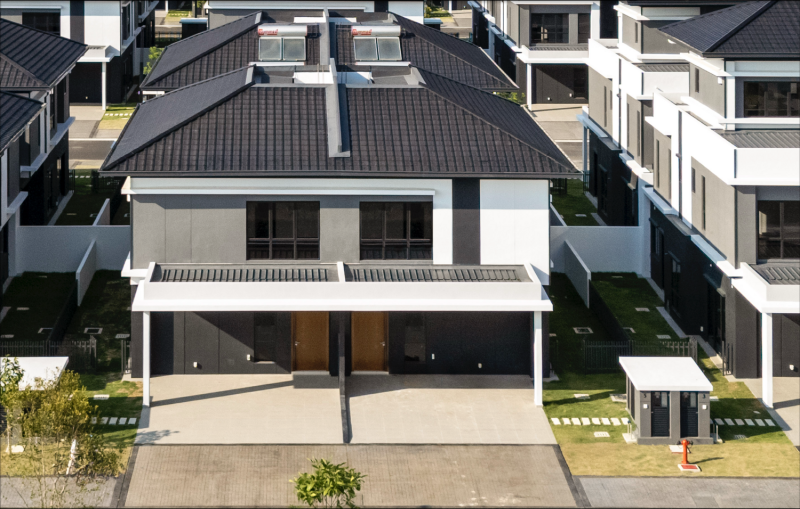
Summary
So, is the Mini 4 Pro too small for professional use? I would say this drone is more than capable of delivering good results. But when it comes to pushing the last few percentages of image quality, its limitations will start to show.
What I Liked:
-
Ultra-portability
-
Excellent battery life with Intelligent Flight Plus battery
-
Convenient USB-C file transfer
-
Great tilt range and decent image quality for its size
-
D-Log M color profile
-
4K recording up to 120 fps for flexibility
What Could Be Improved:
-
Having a 1″ sensor would be great
-
Gyro sensors and motor power to improve stability in strong winds
-
Include more than 2 GB internal storage
-
Improve the charging time
-
Propeller guard design could be more user-friendly
-
Include a telephoto lens
-
Image sharpness can be inconsistent with f/1.7
-
Incorporate auto turn-on once unfolded
Final Closing Thoughts
I have to admit that the DJI Mini 4 Pro offers a remarkable package in a tiny body, pushing the limits of what a sub-250 g drone (if you are flying with the non-Plus battery) can do. As long as you can deal with its set compromises and work around its limitations, it is a solid drone that delivers results.

